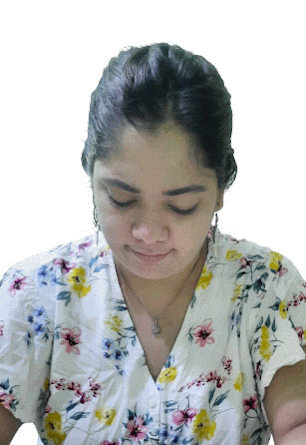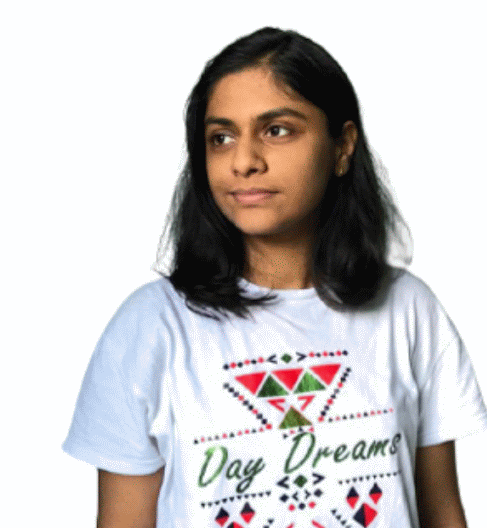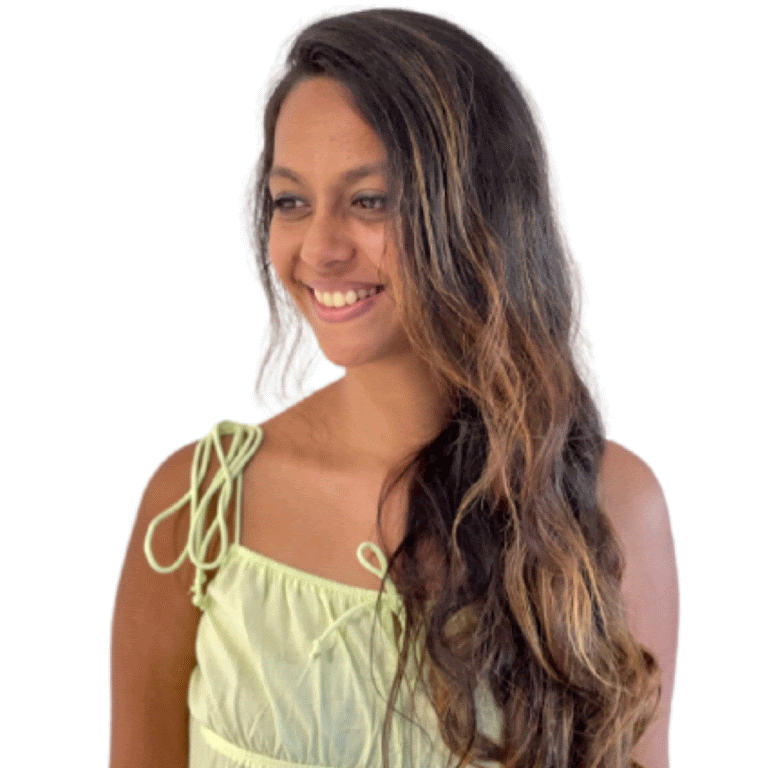Can We Defy The Indian PT Education System?
Written by Rucha Gadgil, Jessica Gomes, Anamika Bheda
Share this article
In this Article, we are targeting:
- Comparative Analysis of different PT Education Systems
- Retrospective analysis of the shortcomings in our PT education System
- Q-A model to tackle problems faced by the student- real-life solutions without the unnecessary blame to the system at large
Let us look at a comparative analysis in which we have analyzed and compared the 360° structure of the Indian PT education system with other countries like the USA, the UK, and Australia to get a clear picture of where we are as a system stand.
Note: We are only underlining the salient features of the basic physiotherapy course structure and physiotherapy practice in each of these countries.
How does the course structure differ in India concerning the USA, UK, and Australia?
| India | USA | UK | Australia |
| The course usually starts after clearing higher secondary examinations. It is a Bachelor’s degree of four and a half years, including a six-month internship period. | You need to complete a set of core courses to be eligible to become a physiotherapist. Clinical PTs have a Doctor of Physical Therapy degree (3-5 year course). You can take this course even if you have a bachelor’s in any other stream. The main requirement is completing prerequisite courses. | You are eligible to take a BPT course after you complete a set of prerequisite courses after high school. It is a Bachelor’s degree (3-4 years), including clinical rotations. | You are eligible to take a BPT course after you complete a set of prerequisite courses after high school. It is a Bachelor’s degree (3-4 years) including clinical rotations. |
Does the educational structure differ in these countries concerning getting a masters’?
| India | USA | UK | Australia |
| India offers a Masters’ in Physiotherapy in a variety of fields. It is a two-year thesis-backed course with clinical placements in the area of your major. The field’s of Masters are: Neuro, MSK, Sports, Community, Cardio, Pediatrics, Onco- PT, Women’s health available. However, awareness is limited. There is a requirement to complete Masters’ to become eligible for a Ph.D. | The USA does offer a Master’s program for PTs. However, PTs in clinical practice need to get a DPT to get their license. A transitional DPT is available to fill in the gaps for PTs who don’t have a DPT. There is no system of specialization as in India. PTs can choose when to get a specialization done. For this, they need to complete the required clinical hours and give an exam (e.g., OCS for a certificate in orthopedic specialization). You have an option of getting a Ph.D. after a Master’s or DPT. | Has a Masters’ program in the field of choice similar to India. It ranges from 18 months to 2-3 years and can be thesis-based or a purely clinical program. There is an option of combined Msc+PhD. | Has a Masters’ program in the field of choice similar to India. It ranges from 18 months to 2-3 years and can be a thesis-based or a purely clinical program. There is an option of combined Msc+PhD. |
How does the examination structure differ in these countries?
| India | USA | UK | Australia |
| There is a concept of entrance exams (NEET) before entering bachelor’s and Master’s degrees. In the period of the BPT course, there are yearly practical and theory examinations to be cleared. For the MPT, there are either yearly exams or annual exams at the end of the course. | There is no concept of entrance exams. Your transcripts, Letters of recommendation, and a statement of purpose decide your admissions. The exams for the course are semester-wise, spanning min—six semesters covering all course topics. | There is no concept of entrance exams. Your transcripts, Letters of recommendation, and a statement of purpose decide your admissions. The exams for the course are semester-wise, spanning min—six semesters covering all course topics. | There is no concept of entrance exams. Your transcripts, Letters of recommendation, and a statement of purpose decide your admissions. The exams for the course are semester-wise, spanning min—six-eight semesters covering all course topics. |
How do the teaching structure, clinical hours, and patient exposure compare in these courses in the respective countries?
| India | USA | UK | Australia |
| However, it is a traditional teaching structure; however, the tide is turning towards a more modern/casual student-teacher relationship. The clinical hours/ patient exposure starts from the first year itself (under supervision). Practical exams are conducted on patients as subjects from the third year of the course. The clinical rotations are set up attached to the respective colleges, universities themselves. | The teaching approach is more modern/casual in terms of interactions with the students. The clinical rotations start only towards the end of the final year. Practical exams are conducted on simulated cases/ with subjects. The rotations have to be searched by the students, though the university will guide them in the process. | The teaching approach is more modern/casual in terms of interactions with the students. The clinics will start from the first year if the prerequisite courses are met. Otherwise, they will begin once you complete them. The practicals are to be performed on simulated scenarios. The student can choose their clinical rotations but needs to complete them in the required areas. | The teaching approach is more modern/casual in terms of interactions with the students. The clinics will start from the final year of the course. The practicals are to be performed on simulated scenarios. The student can choose their clinical rotations but needs to complete them in the required areas. |
Is there any difference in the subjects covered, emphasizing research or any other factors in these countries?
| India | USA | UK | Australia |
The core subjects covered stay the same in all the countries. (e.g., Anatomy, Physiology, Kinesiology)
| Electrotherapy is considered a significant part of the curriculum. Research is given more emphasis in the MPT (majorly on the part of students). Students have additional subjects of medicine, surgery to be completed as a part of their curriculum. | Electrotherapy is given less weightage as compared to other subjects. Research and research methodologies are a core subject from the first year itself. The curriculum is more exercise physiology/ kinesiology oriented. They do have foundational sciences in their curriculum (i.e., gross anatomy, cellular histology, embryology, neurology, neuroscience, kinesiology, physiology, exercise physiology, pathology, pharmacology, radiology/imaging, medical screening) |
This is just a brief comparison of the curriculum of the four mentioned countries. Looking at this, it should be appreciated that our PTs have better exposure to patients and study a variety of subjects as compared to others. However, it can be argued that we are not focussing on our core subjects much. The students can work upon these by reading up more, learning on the go, and always keeping an open mind.
Once you graduate and step out, you face the world as a professional. Let us look at the differences in practicing procedures of PT.
Does the licensing procedure differ in these countries, and is there a central body responsible?
| India | USA | UK | Australia |
| There is state-wise registration required with the regulatory bodies. Submission of documents is required, with regular renewals. CMEs, CEUs, CPD hours are not mandatory for license renewal. There is an apex body present; however, licensing is under state bodies. | The APTA is the central body, with state councils reporting to it. Licensing is done statewide following clearance of the NPTE exam. There is a requirement of additional Continued Medical Education (CME) hours/ CPD hours during renewal/ maintenance of licenses. | A central body of the Health and Care Professions Council (HCPC) permits you to practice in the UK after passing their criteria. There is a requirement of additional Continued Medical Education (CME) hours/ CPD hours during renewal/ maintenance of licenses. | There is a central body, but licensing is done statewide as well. There is a requirement of additional Continued Medical Education (CME) hours/ CPD hours during renewal/ maintenance of licenses. |
How do the treatment methods differ in these countries? Are there any insurance policies/ laws protecting the physiotherapists?
| India | USA | UK | Australia |
| Not separately covered by insurance. Policies include OPD /IPD physiotherapy treatments but are not explicitly demanded. Assistive devices are not covered by insurance. Treatment can be patient-tailored but backed by evidence. | Private / Government insurance schemes cover PT procedures. Assistive devices fall under the Insurance schemes to an extent. Generally have to follow strict/ by the textbook methods to fit into the insurance schemes. | Private / Government insurance schemes cover PT procedures. Assistive devices fall under the Insurance schemes to an extent. Have to follow the book method for insurance purposes. | Private / Government schemes cover PT procedures. Assistive devices fall under insurance schemes to an extent. Have to follow the book method for insurance Purposes. |
We can see that there are many differences in the PT systems globally, but each design is working towards bettering our field.
The Indian PT education curriculum has seen many changes over the years and continues to stay dynamic. We have tried to bring forth queries that the student may face as he transitions from a PT curriculum to a practicing physiotherapist and suggested overcoming these hurdles to ensure success!
| Sr. No. | Questions that the students may face | What can the student do? |
| 1. | Apprehensive student relation with teacher: the student is often scared to approach the teacher with doubts, new ideas, and healthy discussions. | This is the mindset that the student needs to work upon. A professional course cannot be traversed without good mentors, professors, and seniors from the same field. The student should understand that it is okay to approach the teachers for their doubts, and find ways of communication that both are okay with. Communication, respect, and shared goals (learning, practicing) are the keys to overcoming this apprehension. |
| 2. | The curriculum mentions a vast array of topics. How do we stay abreast of all of them? Can we ignore the smaller topics like ethics? | – Agreed, the curriculum is vast, but it has been designed so that your base of knowledge for when you practice the PT profession is vital. – Having a solid teacher-student bond and seniors, will help you navigate this arena. – Topics like ethics, research methodology may seem insignificant as a student, but they are the pillars of your interaction with your patients. |
| 3. | How do we keep up with the changes/advances that are continuously taking place? | – Read up. The only thing you can do to keep up with a changing field is open to change and develop a sense of self-awareness where you want to keep learning. – It is a vast field, making it impossible to keep up-to-date with all the information. Find your target area in the field. – Do observerships, network with other professionals, research. Take a gap year to understand the profession and your passion. Once that happens, the advances will be like buying a new book of your favorite genre. |
| 4. | How do we come to know about the shorter courses, certifications that can be done? Can we practice in Multiple areas, or do we have to choose a field and stick to it? | – At present, in India, you can do Masters’ in only one field, but that does not mean you cannot dabble in other areas. However, doing your homework (based on the field you like, population you want to work with) before going for a Master’s. – As for the courses, networking and research is your answer. LinkedIn and Instagram are Gold mines if you are highly aware and conscious of your networks and what they share. You can do multiple certifications and courses, but checking for the credentials and your actual interest will help. Pro tip from The PhysioZest: – Do not do courses and certifications because your peers are pursuing them; this will spiral to generate Physiotherapists with less reasoning and analytics and more of a herd mentality. – We do not propagate that the majority masses’ courses are flawed, but does that course align with what you want to pursue? There might be another impactful course that could be your future niche. Explore consciously! |
| 5. | Are there any options available to explore our profession internationally other than doing a Masters before we start working? | – Yes, you can look for international internships in PT. However, there are few opportunities. – Other than that, look for international mentors who will be willing to aid your growth, follow their websites/ Instagram pages to learn more. – Also, go to those conferences! Network there, participate actively in paper presentations, poster presentations. Usually, there is no bar as to how early in your educational journey you can attend. |
| 6. | Is research fundamental in the long run? | Inquisitive minds often are pioneers of change. So the answer here is yes. Research forces you to ask the why behind any decision and compels you to change it if required. It also helps you to think critically and enables you to grow as a person and professional. It also allows you to reach your career goals a little bit faster. However, be careful about the quality. Accept it or not, we can be movement scientists- ergo, research is our cup of tea. |
| 7. | How vital is evidence-based practice? | Evidence-Based Practice (EBP) gives you the freedom to practice unencumbered because we know it will work. But one should always try new things alongside EBP to maximize the recovery potential of your patient/ client. Don’t forget that even the EBP practices were once never tested. |
| 8. | How do we hone our assessment skills? Do we always have to follow the ICF, or can we get more freedom to deviate from it? | – Practice is the only answer. Carry that goniometer, measuring tape constantly and whip it out wherever you want to practice. – These are the basics of your profession. ICF is important because it has been universally accepted, so it helps you wherever you are in the world. Keep it in the back of your mind as a checklist, as it covers all the areas you need for the assessments. |
| 9. | Do we need to start all the exercise programs from the plinth? Or can we directly use a therapeutic gymnasium? | No, you don’t have to start at the plinth for your treatment program. However, be sure of the exercises you are prescribing and justify them soundly (Research helps). |
| 10. | Do we need any additional courses to become adept at manual therapy/ electrotherapy? | If you practice your manual therapy techniques judiciously, you need not go for any additional courses; however, going for these courses is a good way to keep in touch with newer advances. As far as electrotherapy is concerned, invasive methods like EMG, cranial electrostimulation, and iontophoresis call for training before practicing (certification has to be done). |
| 11. | Are there any new fields that can be studied further and can significantly impact our profession? | PT is, as we have repeatedly said, an ever-evolving profession. It leaves much room for exploration! Exercise Physiology (specific programs to this area) Exercises and Biochemistry (specific books are available) Women’s health (receiving the due attention now) Psychology in exercises can be called as a lesser-explored field in our country. |
The PT education system in India is always working towards making our profession better. It sometimes can be a little slow to change, but, as students, it is also our responsibility to do our bit to ensure that we achieve heights.
The points mentioned above are just a glimpse into the hurdles that need to be considered and taken under advisement to better our physiotherapy community to propel our profession and thereby create potentially better physiotherapists for the future.
It is easy to analyze and find a system lacking critically, but it takes courage to understand the system with its deficits and work towards a change!
Contributors

RUCHA GADGIL
Research & Content Writing Team

JESSICA GOMES
Research & Content Writing Team

ANAMIKA BHEDA
Research & Content Writing Team
